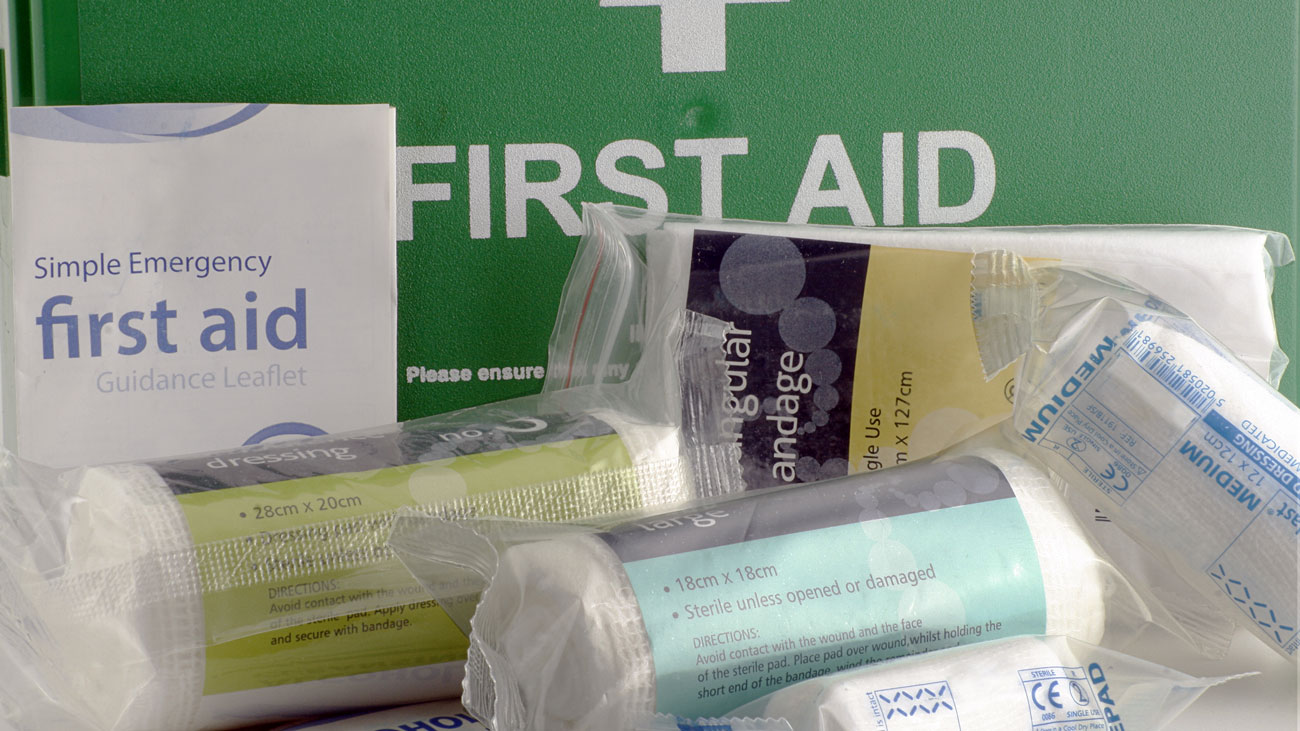
Burns and scald injuries in the workplace
In the period 2019/20 (September 2020), an estimated 693,000 workers sustained a non-fatal injury at work in Great Britain, according to employer-reported incidents under RIDDOR - the equivalent of 2,160 injuries per 100,000 workers (2%). Around a quarter of these injuries resulted in over seven days’ absence from work and/or hospitalisation.
The rate of self-reported incidents via the Labour Force Survey for non-fatal injury to workers shows a general downward trend, but it has been broadly flat in recent years.
These figures include burns and scalds. The Royal College of Surgeons Edinburgh and its Faculty for Pre-Hospital Care, along with the British Burns Association, provide clear evidence-based guidance for first aid treatment for burns and scalds, which was published in September 2020. Below we examine the workplace data that is available from the HSE, and the likelihood of treating a burn at work.
Having a competent, well-trained and well-informed workforce is key in reducing these types of injures in the workplace. The HSE report indicates that the top three sectors where injuries occur are:
- Construction;
- Agriculture and forestry; and
- Manufacturing.
The data: workplace burns and scalds
Remote First Aid & Pre-Hospital Training examined the available data from both the HSE and the LFS from January 2019 up to September 2020.
Non-fatal injuries
With 118 workers being exposed to fire, a further 52 workers being exposed to an explosion and another 193 workers who had contact with electricity or an electrical discharge, reported burns and scalds are thankfully very low in injury type. Additionally, to date an unspecified number of workers received burns within the 7,518 workers, with 6,531 needing to stay in hospital longer than seven days, making up 14% of all workplace incidents that fall under all other injuries.
Fatal Injuries
During the period above three workers died due to being killed in either an explosion, exposure to fire or an electrical discharge as reported under the Reporting of Diseases and Dangerous Occurrences Regulations (RIDDOR).
The biggest workplace burns and scalds risks
According to the World Health Organization, the most common types of burn injuries in the workplace occur as a result of accidental misuse or mishandling of thermal, chemical or electrical sources or because of fire.
The consequences of workplace burns and scalds
The HSE states that many serious accidents at work resulting in burns can be avoided using due diligence. Employers can be fined heavily if these injuries result from unsafe work practices, including employees not having the correct training, protective clothing or equipment.
What is a burn?
The NHS describes burns and scalds as damage to the skin, usually caused by heat. Both are treated the same way. A burn is caused by dry heat - an iron or a fire for example. A scald is caused by wet matter, such as hot water or steam.
Burns can be extremely painful and cause:
- Red or peeling skin;
- Blisters;
- Swelling; and/or
- White or charred skin.
The amount of pain someone might experience is not always related to how serious the burn is. Even a very serious burn might seem relatively painless.
National Burn Awareness Day, which is on 14 October each year, seeks to promote prevention and good first aid as key to reducing the number of burns and scalds occurring across Great Britain every day.
Appropriate first aid must be used to treat any burns or scalds as promptly as possible. This will limit the amount of damage to the skin. Employers are required by law to carry out a first aid needs assessment and act on these findings, including sourcing appropriate first aid training. This includes assessing the first aid needs of those working from home during the current pandemic.
Remote First Aid and Pre-Hospital Training Ltd has produced further guidance on first aid techniques for dealing with burns, which can be found here.





